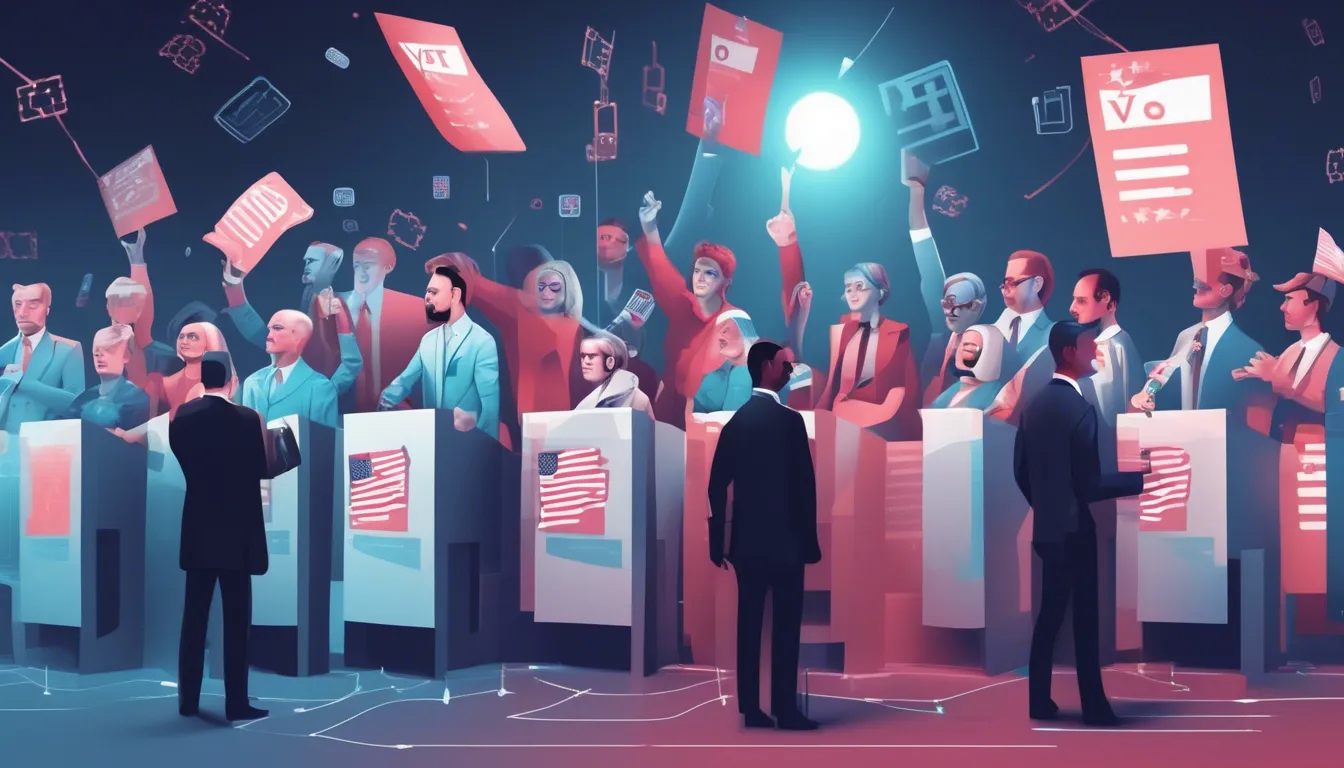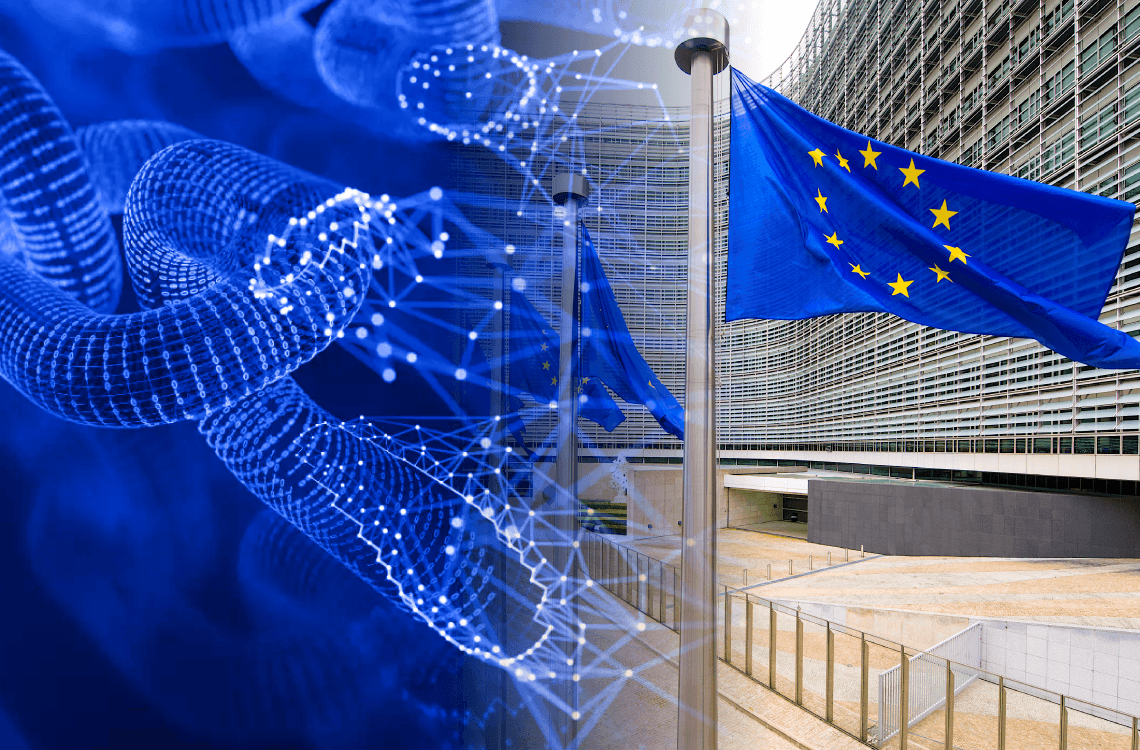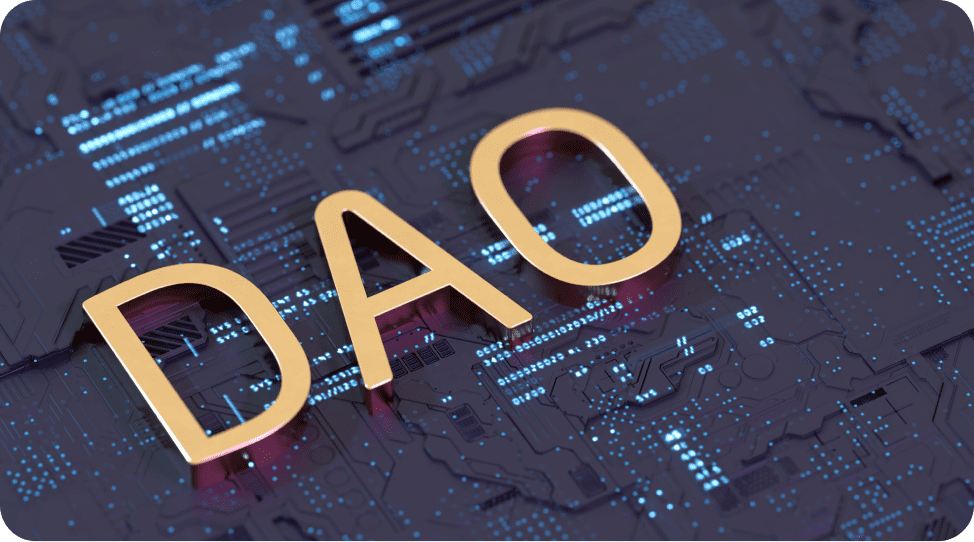Blockchain technology is being explored as a means to combat disinformation, enhance the integrity of judicial systems, and secure elections, although it is not a panacea for all the challenges associated with these democratic processes.

Addressing the Challenge of Deepfakes and Enhancing Democratic Integrity
As generative AI and deepfake technologies become increasingly prevalent, discerning credible information is crucial for both governments and private entities to maintain the informed citizenry essential for democratic health. The strategic use of these technologies in disinformation campaigns poses a national security threat, prompting legislative actions like the United States’ 2019 deepfake laws and fostering policy attention and analysis. While not preventative, these measures, along with initiatives like InterAction’s Disinformation Toolkit 2.0, aim to raise awareness and combat disinformation.
Distributed Ledger Technology (DLT) could counter deepfakes’ malicious use, with projects like the Starling Lab for Data Integrity exploring blockchain to enhance digital media trust. News agencies, including Reuters’ collaboration with Canon, are also investigating DLT to permanently record reporting details, offering a potential tool against propaganda and information manipulation.
Advancing Justice and Upholding the Rule of Law
A transparent judicial system is fundamental to democracy, and DLT could improve the management of legal records, aiding in evidence preservation and court proceedings. Blockchain’s tamper-resistant nature is particularly valuable for storing and verifying sensitive data, such as that related to war crimes, potentially aiding international courts and human rights organizations.
Empowering Voters and Securing Elections
Blockchain-based voting systems may offer security benefits but also carry risks. They could potentially reduce election tampering, enhance mobile and internet voting trust, and provide greater election transparency. However, the technology’s limitations and dependence on other vulnerable systems mean it is not a comprehensive solution for online voting insecurity. Pilot projects like Voatz and the concept of liquid democracy illustrate blockchain’s potential in verifying electoral integrity, yet highlight the need for a multifaceted approach to election security.






